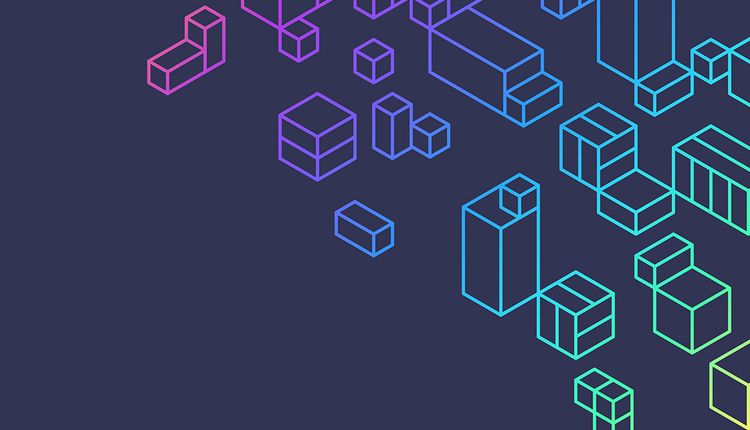In a world where two-day, next day, and same-day delivery options are the norm, today’s customers expect more now than ever. A business’s ability to adapt and grow to meet the ever-changing and increasing customer demand is often what determines the success of the company. A challenge that many companies encounter is maintaining the service levels that their customers have grown to expect while taking on a modernization project in their distribution center to keep current with the changing demand.
How does a company upgrade their operating distribution center with no perceived drop in service levels to their existing customer? The following steps outline items that need to be considered when trying to modernize an operating distribution center.
Clearly Identify What Needs Changing – On the surface, this seems like an easy task. Issues like, “We need to be able to get product to our customers faster” or “My fulfillment cost per order is growing” are common and easily identified. What is not as easily identified is the root cause of these issues.
Often, a person’s first instinct is to react to the need on the surface. Doing things such as speeding up an existing conveyor system to get orders out of the building faster may seem like a logical step, but reactions to the surface problem may be doing more harm than good. For instance, the root cause of your issue is that your existing packing area is not equipped to handle the changing order profile of your customers. Speeding up the system will only create a bottleneck more quickly than before because you haven’t addressed the root cause, which is your outdated packing area.
Identifying the issue and considering the impact that correcting it will have on other areas of your business are crucial for a successful modernization. Do not just concentrate on the surface issue. Think about the cause and what impact fixing it will have on other areas of the business.
Identify Operational Needs – In a perfect world, any time a change to your facility is needed, there is an open area in the building to install and test the system in a location that has no effect on how the active business operates. In reality, this usually isn’t an option. Making changes to an existing facility can be tough on the people responsible for the daily functions of the business. The needs of the daily operations staff need to be clearly stated and planned for.
Can installation only occur at night or on weekends? What existing pieces of equipment/software functions are crucial to daily business? Are certain times of the year completely off limits for having contractors on site? Clearly identifying items like these are necessary to ensure that service levels aren’t sacrificed while modernizing your facility.
Design – Designing a system that provides a solution for the issue and that can be implemented in a way that doesn’t impact the business’s ability to maintain service to their customer base can be challenging. Collaboration between the end user and the system designers is a key component to the project’s success.
Working together allows input from both the operation and design teams. This teamwork frequently results in a creative approach to designing the facility. Whether the outcome is an inventive sequence of implementation or the introduction of a non-traditional technology to solve the issue, this cooperation frequently results in a solution that neither party would have gotten to on their own.
Designing the system to address both the need for modernization and the operations needs of servicing the customer base during the project can be complicated. Collaboration and a willingness to think outside of the box are needed.
Schedule and Risk Management – A perfectly designed system will never come to fruition without a sound plan to get it in place. Building a schedule around the operational need to service the customer while addressing the needs of the project can be a difficult task. Planning the implementation sequence and timing in a way that works for operating the business are necessary for any modernization project. All parties need to be on board with the schedule and kept up to date with any impacts.
With any project, there are risks. The risks associated with implementing a system in an operating facility are most often greater than those in a greenfield project. It is critical to identify potential risks, track the risk along with the schedule, and have predetermined plans of action in place in the event that a risk manifests. A plan of action for any risk identified allows the business to move quickly when faced with adversity and limits the potential for failing to meet customer expectations. Doing things like having a manual workaround ready to roll out if a previously automated function is taken out of commission during a project allow the customer to still be serviced while automation is brought back online.
Customer demand will continue to increase. Being able to adapt and grow in relation to these demands is essential. With the proper thought process and planning, you can modernize your existing facility while maintaining the high level of service that your customers are accustomed to.
Josh Duane is the Director of Sales for Hy-Tek Integrated Systems Southern Operations Division. Hy-Tek designs and implements material handling and automation systems across a multitude of industries. Josh can be reached at josh.duane@hy-tek.com.










